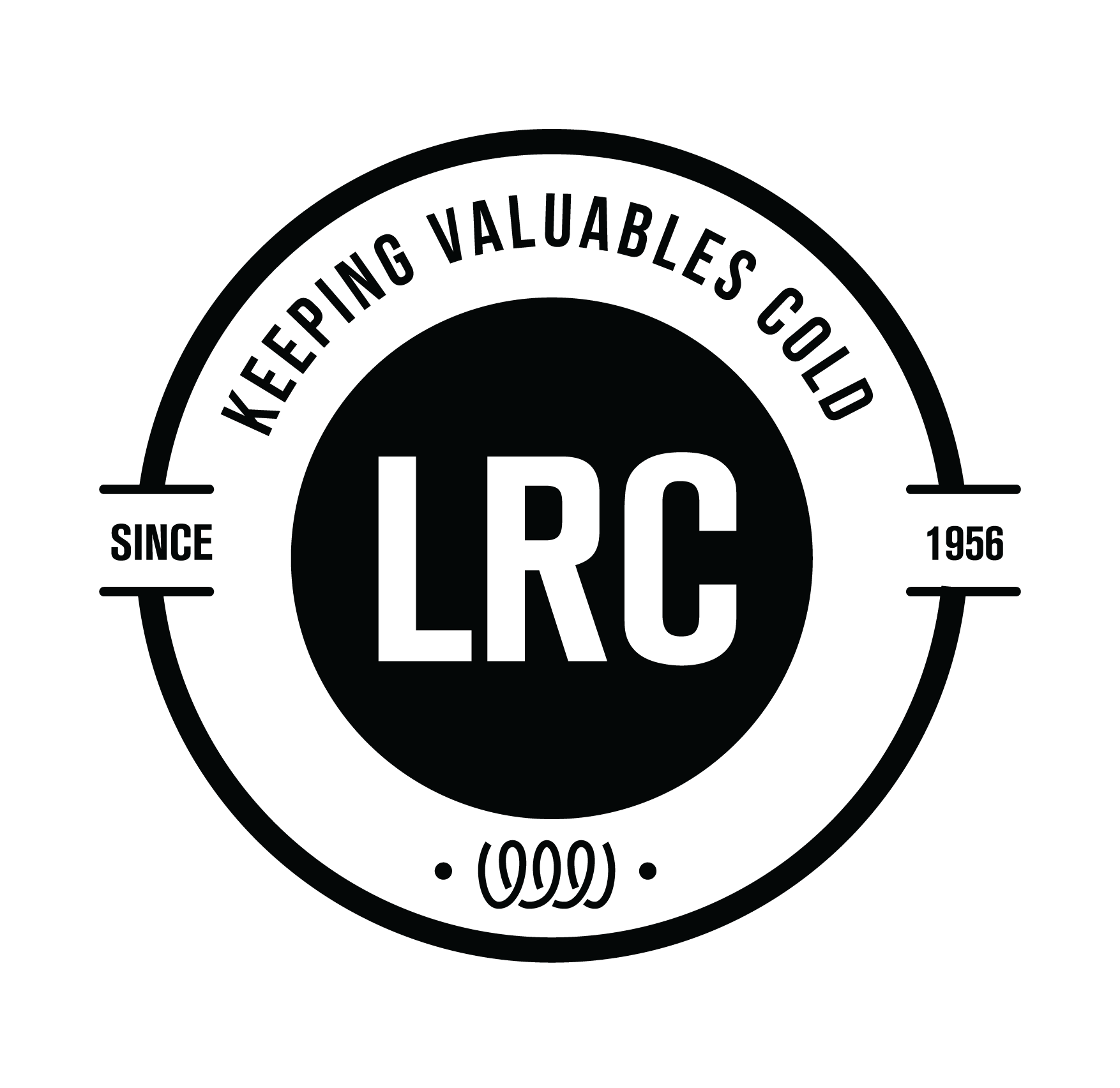AGING MEATS AND CHEESES
Many times a customer wants to age meat or cheeses at a specific temperature and humidity to prevent the food from “drying” out during the aging process. There are a couple of ways to approach it.
First one is a refrigeration system is installed to give the required capacity in the room and a humidifier is installed to temper or raise the air to the desired relative humidity level. This requires that the system has enough capacity to handle the sensible load on the room and all the latent load that the humidifier places on the refrigeration system. This can lead to a refrigeration system that is 2 to 3 times the actual load on the room. And depending on the size of the humidifier the refrigeration system can actually be overwhelmed by the humidity being injected which can cause the system to reach an equilibrium point somewhere in the range that is desired.
Another way to approach the system is to utilize a system where the dewpoint of the air is controlled by using either an EPR valve or a constant pressure expansion valve on the evaporator. By holding a constant evaporator temperature the coil will “wring” out any moisture in the air that is in excess of the desired point but not take any additional moisture out. This takes out the need for a humidifier to constantly put moisture back in the room to offset what is taken out by the evaporator.
Example: if the desired condition is 55 degrees/ 75% relative humidity the air in the room has a dewpoint of 47 degrees F and (.00687 lb/lb - moisture per lb of air). So if a coil is running at a SST of 47 it will stabilize the moisture content in the room at this level. If that same coil is running say a 43 degree SST with 55/75 air entering it can spend upwards of 25% of the system capacity condensing moisture from the air. With a regular superheat controlled TXV the suction pressure/temperature can even dip below that point and lead to even more dehumidification of the air. That combined with any heat used to make the steam/moisture has to be removed as well can lead to 2 to 3 times extra refrigeration capacity being needed.
The use of a slightly larger coil to reduce the temperature differential across the evaporator, holding the suction pressure at the dewpoint of the air in the cooler and the downsizing of the humidifier to only provide backup humidification leads to a reduced system cost and a more stable operation.
This can be accomplished by using either fan assisted evaporators or gravity coils. It all depends on the goals of the customer in the room. Many times a reduced airflow fan assisted coil or a gravity coil is desired to reduce the potential for drying out the product.
